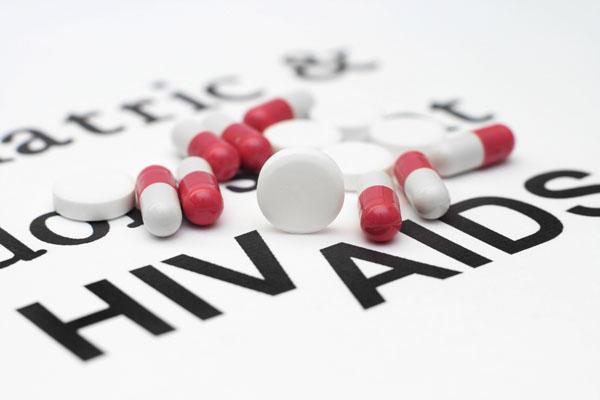Rilpivirine plus abacavir–lamivudine poised as cheap, attractive first-line option in HIV-1





Current three-drug combination antiretroviral therapy (ART) regimens have proven to be highly effective, and the use of the relatively inexpensive rilpivirine (RPV) appears to have considerably better tolerability profile than efavirenz (EFV) or protease inhibitors (PI) in regimens containing abacavir plus lamivudine (ABC/3TC) for treatment-naïve patients, offering a good, less costly approach to suppressing HIV, as shown in a Singapore study.
“The combination of ABC/3TC plus RPV is a once-daily regimen with low pill burden. This combination is also among the most cost-effective regimens because it … does not require regular monitoring of renal function, urinalysis, and bone mineral density as with the use of tenofovir-containing regimens,” the investigators said. “This is particularly important in settings with limited healthcare resources.”
The current study involved 170 treatment-naïve HIV-1–infected adults who had received treatment in the largest HIV care centre in Singapore. All patients were prescribed ABC/3TC as part of their initial ART regimen. The third drug was RPV in 66 patients or either EFV or boosted PI in 104 patients (comparator group).
At the 48-week follow-up, 24 patients in the RPV group and 26 in the comparator group achieved viral suppression (96 percent vs 87 percent; p=0.28). Time to viral suppression was similar (median, 17 vs 21 weeks, respectively), as was the CD4 count. Virologic failure occurred in one patient in each group. [AIDS Res Ther 2020;17:23]
However, significantly fewer patients on RPV than on comparator stopped treatment before 48 weeks (14 percent vs 30 percent; p=0.053). Of the 39 cases of discontinuations, 23 were attributed to adverse reactions—21 with EFV, one with ritonavir-boosted atazanavir, and one with RPV (p<0.01).
Commonly reported adverse reactions were neuropsychiatric side effects (n=13, 46 percent) and rash (n=12, 43 percent). Most of the reactions were mild, and only three patients required treatment or hospitalization.
A second-generation non-nucleoside reverse transcriptase inhibitors (NNRTI), RPV is approved for use with nucleoside reverse transcriptase inhibitors (NRTIs) in treatment-naïve HIV-1 patients with pretreatment viral loads of <100,000 copies/ml. The drug has been shown to have fewer neurologic and psychiatric adverse effects relative to EFV, and a better metabolic profile compared with PIs. [https://aidsinfo.nih.gov/contentfiles/lvguidelines/adultandadolescentgl.pdf; AIDS Rev 2012;14:268-278; BMC Infect Dis 2018;18:357]
Easy pill to swallow
A significant advantage of using RPV is its small pill size, the investigators said. With a diameter of 6.4 mm, the drug is one of the smallest ART tablet available. [http://www.edurant.com/hcp/prescribing-information]
“Moreover, the cost of RPV is comparable with that of EFV, and much less than that of PIs in Singapore and many other resource-limited settings. Given that RPV performs similarly to these comparators in terms of efficacy, this lower cost argues for the cost-effectiveness of RPV-containing combination ART regimens,” as shown in other settings in another study, they added. [AIDS 2016;30:2115-2119]
“The combination of simplicity, convenience and affordability of this [ABC/3TC/RPV] regimen makes it an attractive option for first-line therapy in treatment-naïve patients, especially in settings where cost is an important consideration, such as when co-payment for treatment is required, as is the case in Singapore. These patient-centric factors also increase the likelihood of sustained adherence to the regimen,” according to the investigators.
Nevertheless, they noted important considerations when using RPV. First, it must be taken with meals to ensure adequate bioavailability and to avoid co-administration with drugs that reduce gastric acidity (eg, proton pump inhibitors) as RPV absorption is dependent on gastric pH. Another is the potential interaction with drugs that undergo cytochrome P450-mediated metabolism. [AIDS Rev 2012;14:268-278; http://www.edurant.com/hcp/prescribing-information]
“These issues were not seen in our patients, and none required discontinuations because of the above reasons. However, these concerns remain important, especially as comorbidities and polypharmacy become more prevalent in an ageing population of HIV-infected individuals,” the investigators said.